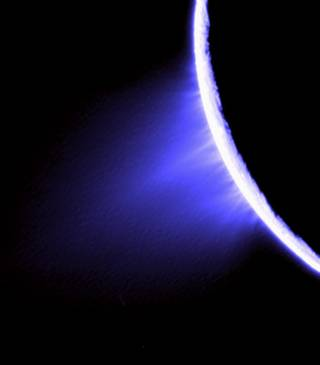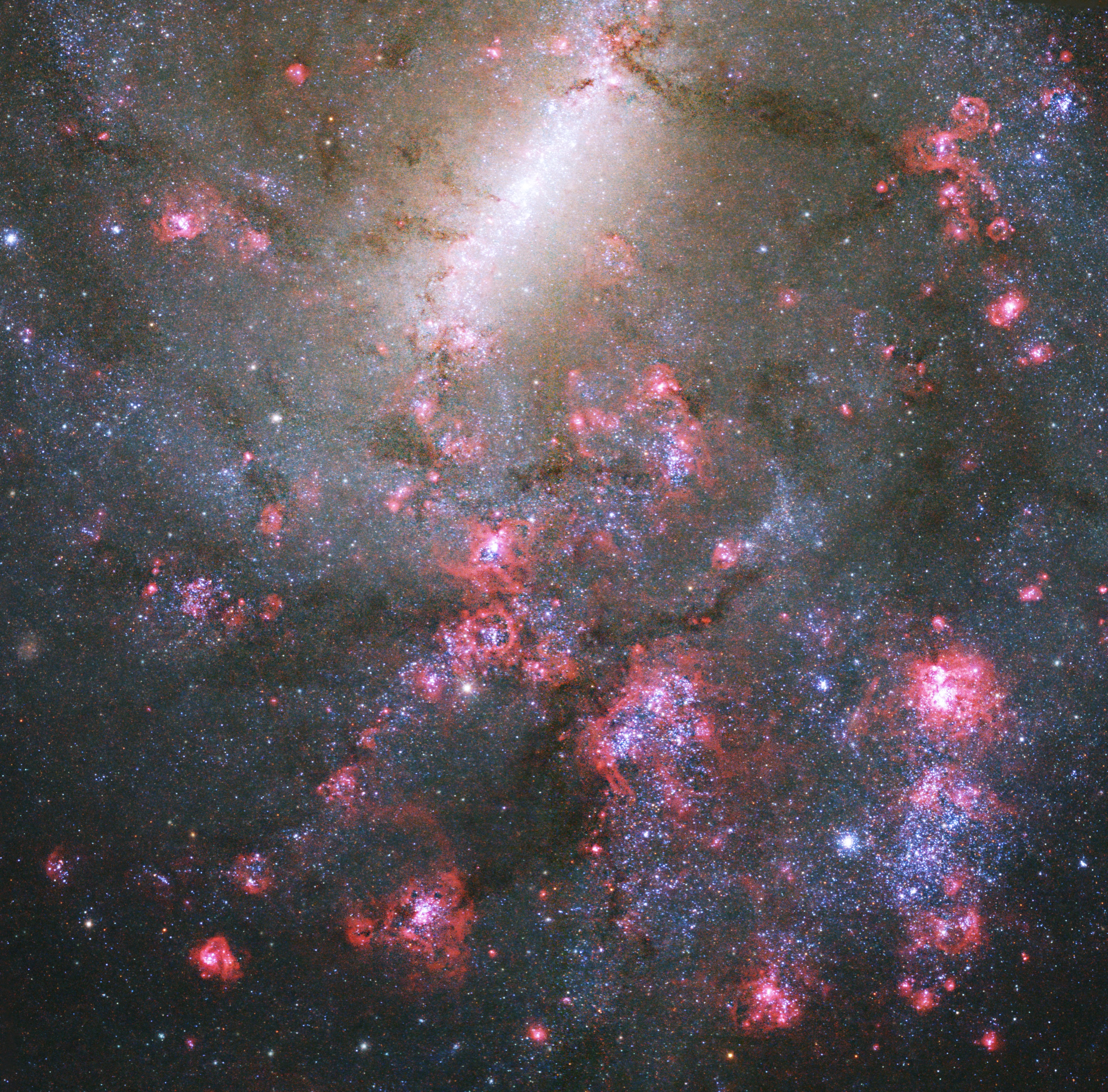Glossary
Sometimes the terms used to describe the planets beyond our solar system need more explanation. Below are some of the more common words and phrases you might run across.
Exoplanet:
A planet orbiting a star other than our Sun; also called “extrasolar planet.”
Habitable zone:
The range of orbital distance from a star at which temperatures would allow liquid water to exist on the surface of a planet with sufficient atmosphere. This range of distance changes depending on the size and temperature of the star. Earth is in the habitable zone of the Sun, one of the reasons our planet has liquid water like oceans and lakes.
Goldilocks zone:
An alternative name for “habitable zone” (see above), from the children’s story, “Goldilocks and the Three Bears.”
Terrestrial:
Planets composed mostly of rock (silicates) and metals, like Earth, Venus, Mars, and Mercury. Sometimes also called “rocky” or “telluric.”
Tidally locked:
When a celestial body, such as a planet or moon, always has one side facing the body it orbits, such as a star or planet. A tidally-locked planet has a day side facing the heat of its star, and a colder night side facing away. Tidal forces and the star’s gravity “lock” the planet, so that its orbital period is equal to its rotation period.
Red dwarf star or M dwarf star:
A class of small, relatively cool stars, emitting dim, red light. They are the most common type of star, comprising about 75 percent of all stars in the galaxy.
Light-year:
The distance light travels in one year, about 5.88 trillion miles (about 9.5 trillion kilometers).
AU:
An astronomical unit – the distance between Earth and the Sun, or about 93 million miles (150 million kilometers).
Super-Earth:
One of the most common types of exoplanets discovered so far, with a mass between that of Earth and Neptune. The properties of such planets are largely unknown.
Orbit:
The curving, repeating path of an object, such as a satellite, moon or planet, around a space body such as a moon, planet or star.
Infrared:
Electromagnetic radiation with wavelengths longer than the red end of the visible light spectrum, but shorter than microwaves.
Transit:
When an exoplanet crosses the face of its star from the perspective of Earthbound observers. The change in brightness of the star due to the exoplanet can be measured and used to calculate the diameter of the exoplanet.
James Webb Space Telescope:
This NASA space telescope, which launched in 2021, is a large infrared telescope with a 6.5-meter primary mirror. It is the most powerful and complex space science telescope ever built. It is sometimes called JWST or Webb.
Spitzer Space Telescope:
A NASA space telescope launched in August 2003 and retired in January 2020. Spitzer observed infrared (heat) radiation from exoplanets, stars, stellar nurseries, the centers of galaxies and the early stages of planetary system formation.
Light curve:
Graphical representation of changes in the brightness of space objects over time, including those of variable stars, supernovae and transiting exoplanets that sometimes pass in front of their stars.
Hot Jupiter:
A giant, gas planet in extremely close orbit around its star. Some complete a single orbit—their “year”—in as little as a few Earth days.
Water World:
Hypothesized extrasolar planets with surfaces completely covered by deep oceans of water.
Radial Velocity:
The amount of “wobble” induced in a star by the gravity of an orbiting planet, or planets. By measuring the stretching and compressing of light wavelengths from the star, as it is pulled in one direction, then another, Earthbound observers can detect extrasolar planets.
Mass:
The mass of a planet is the amount of matter in the planet, which is not always the same as its “size.” Exoplanet masses are measured in comparison to Earth for smaller rocky planets, or Jupiter for big gas planets. The standard unit of mass is the kilogram (kg), and the Earth’s mass is about 5.97 x 1024 kg.
Brown dwarf:
A star-like object that is not quite massive enough to burn like a star, but bigger than a planet.
Ultra-cool dwarf:
Star-like objects with effective temperatures of less than 2,700 Kelvin are referred to as
‘ultracool dwarfs.' This group includes stars with extremely low mass and brown dwarfs, or objects that are not quite massive enough to burn like a star. “Dwarf” is the term for an average adult star, used to distinguish stars like the sun from the giant stars that exist in the universe.
Spectroscopy:
A method of analyzing light by separating it into distinct wavelengths, which allows one to identify its chemical components (by their unique wavelength signatures) to determine the atmospheric components of alien worlds.
White dwarf:
A dim, dense, compact star; the remnant core that remains after intermediate-mass stars (similar to the Sun) exhaust their nuclear fuel and blow off their outer layers. They are dominated by oxygen and carbon, but often have thin layers of hydrogen and helium.
F-type star:
A main sequence star that is somewhat hotter, more massive, and more luminous than our Sun.




